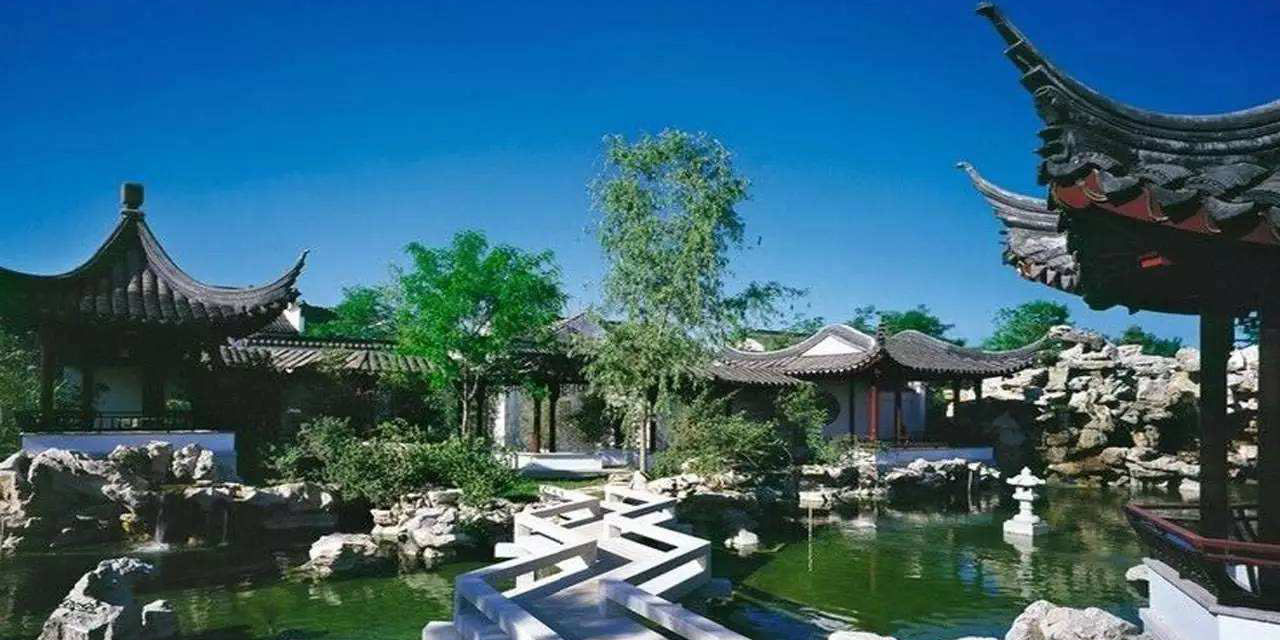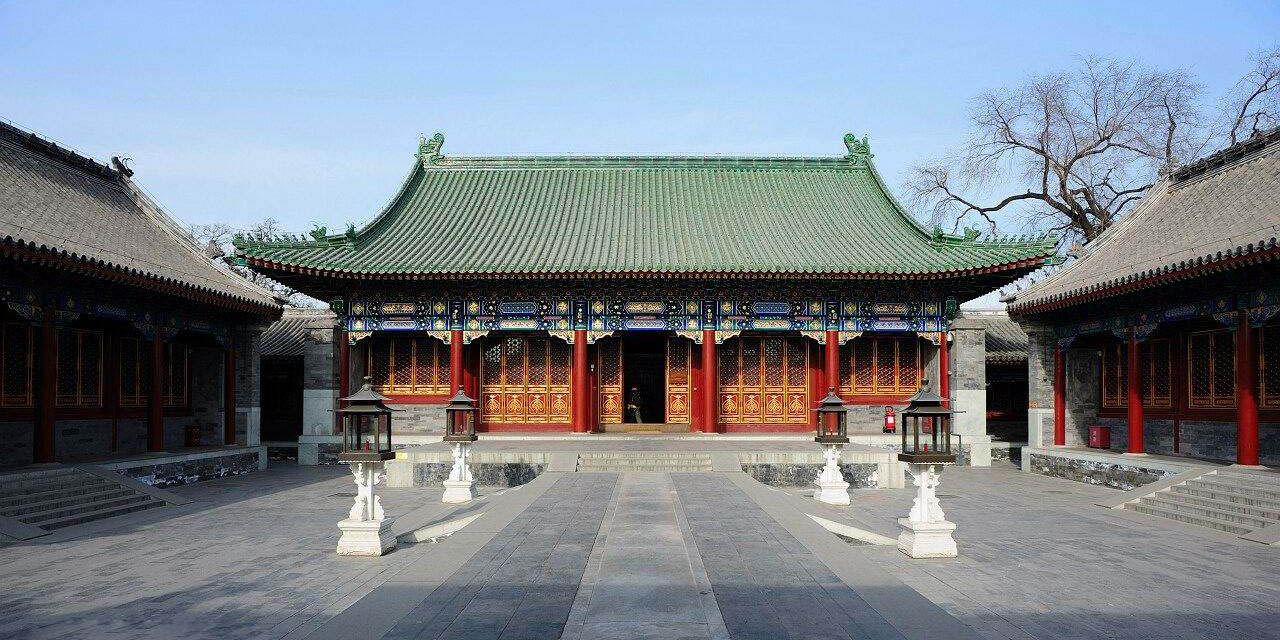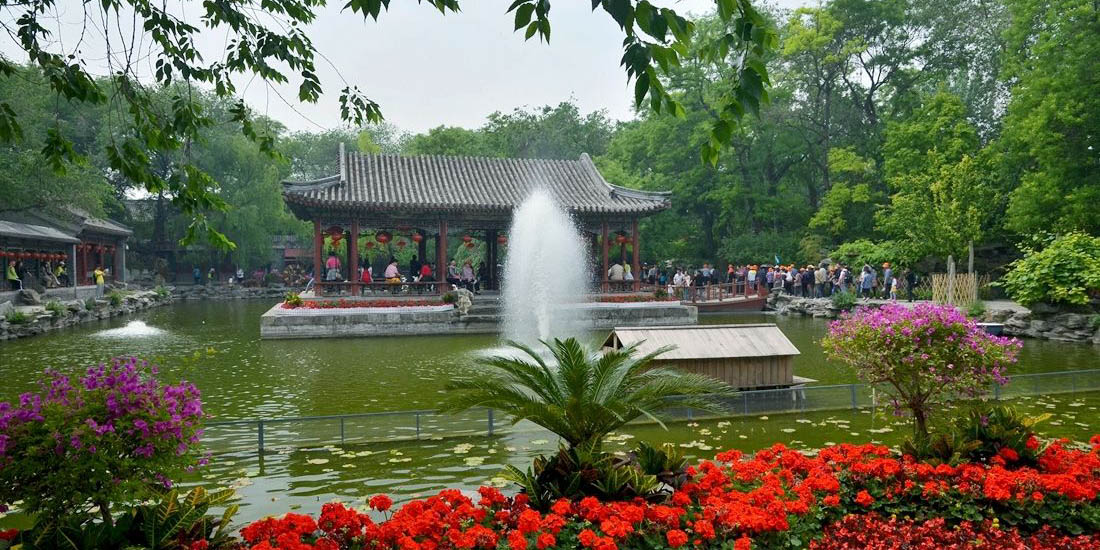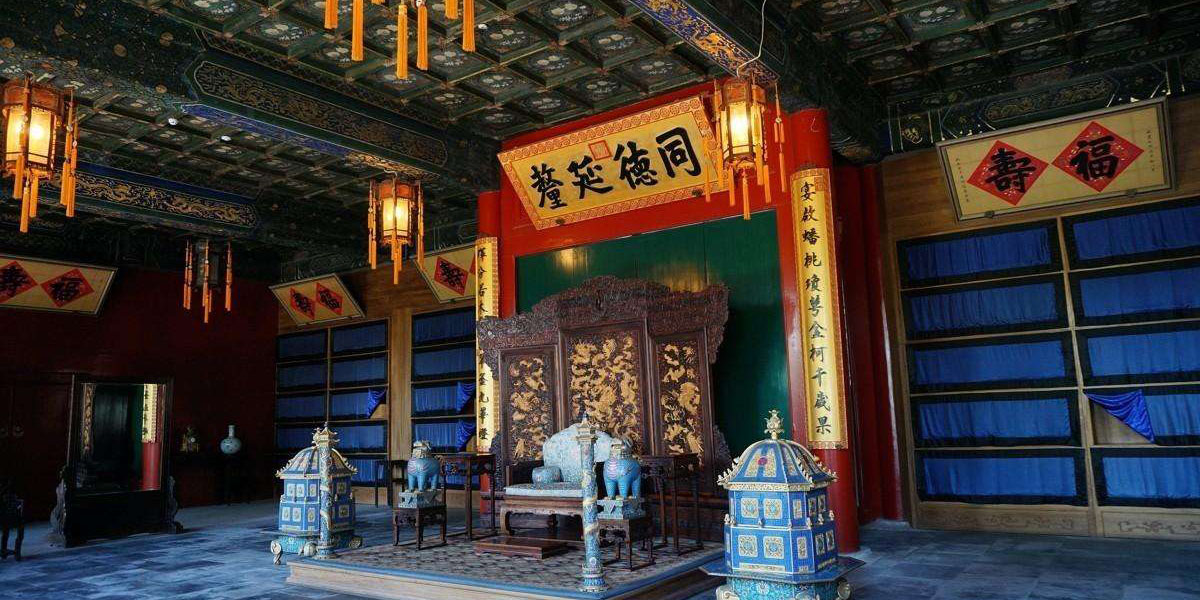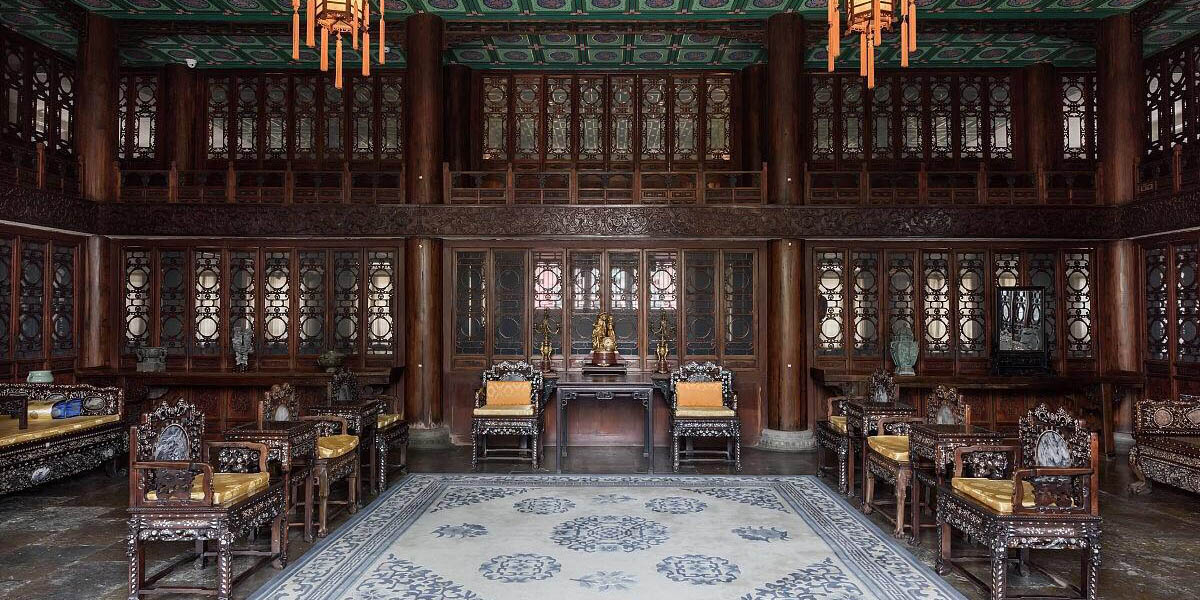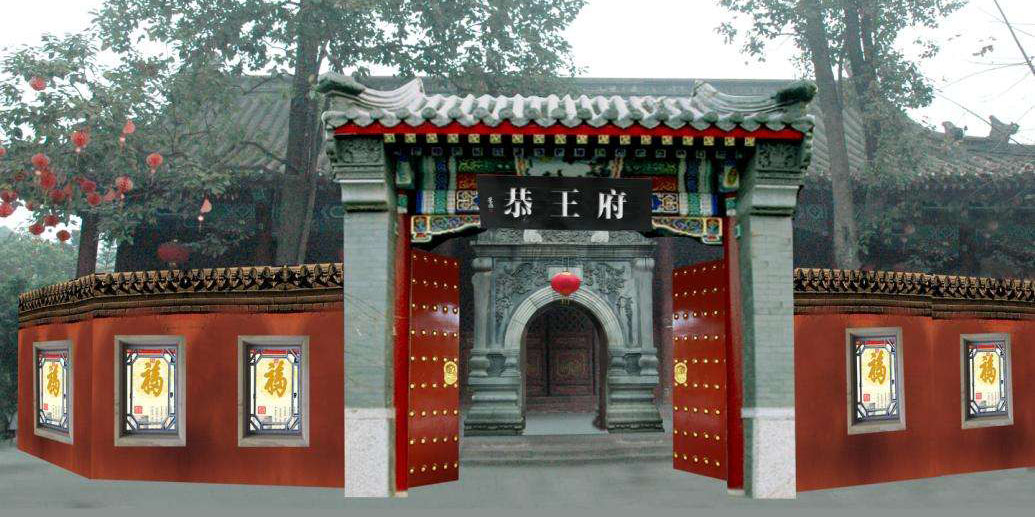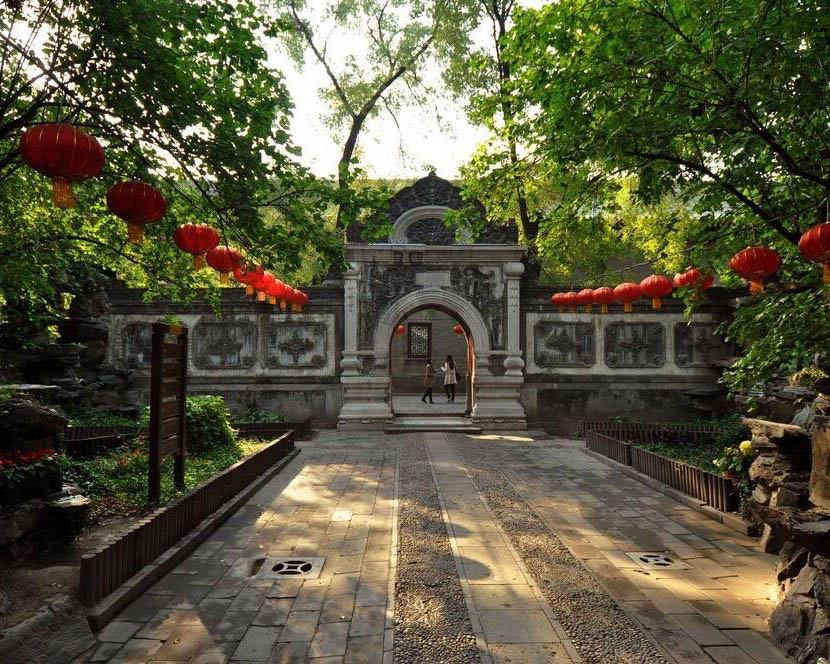Tour Code : C2153
Type : Historic sites
City / Province : Beijing
Built in : 1777
Mansion of Prince Gong
Mansion of Prince Gong is is the largest and the best preserved Qing Dynasty (1644-1911) mansion for the prince in Beijing and is located at Qianhai Xijie to the north of Shichahai. The ancient Chinese architecture with its cultural connotations is important not only for its aesthetic value but as an asset to those who wish to study the lifestyle of the privileged classes in the feudal society.
The Prince Gong Mansion was constructed in 1777 during the Qing dynasty for Heshen, a prominent court official in the reign of the Qianlong Emperor. In 1799, the Jiaqing Emperor, successor to the Qianlong Emperor, accused Heshen of corruption and had him executed and his property confiscated. The mansion was given to Prince Qing In 1851, the Xianfeng Emperor gave the mansion to his sixth brother, Prince Gong whom the mansion is named after.
There are three sets of courtyards occupying central, eastern and western. The main central courtyard comprises the major hall, a rear hall and an extended pavilion that has some 40 rooms. The western and eastern sections contain three smaller courtyards. These grand and exquisite buildings are a reminder of the pageantry and splendor of China's imperial past.
The garden in Prince Gong's Mansion is named Cuijin. The garden covers 28,000 square meters and is surrounded by man-made hills on four sides. The main peak, constructed from Taihu rocks, is in the north. The garden has an arched stone gate in typical Western architectural style, and upon entering the garden, one can see the five-meter high Dule Peak, which is a rock procured from Lake Tai in southern China. Behind it is the Bat Pond. Beyond the pond stands the Anshan Hall and opposite, at the center of the garden, is a hill bearing a stone tablet inscribed with the Chinese character "fu" (happiness) in the calligraphy of Emperor Kangxi (1662-1723). Behind the hill are masterpieces of garden architecture, with more than 20 scenic spots.
In addition to its artificial hill, trees, flowers, pavilions and terraces, the garden also contains the unique feature of its own theater. The theater of the Prince Gong Mansion is lofty and spacious. On the walls there are Chinese wisteria and green leaves painted, giving the audience the feeling they are sitting beneath trellises. The floor is paved in pseudo-gold brick, and the seats consist of old-fashioned wooden armchairs furnished with square tables. The performers and the audience are in close proximity, so there is no need for audio amplifying equipment. Here, people can enjoy Kunqu, Peking Opera and imperial music, a unique experience full of Qing historical significance.
There are various cultural exhibitions held in the Mansion of Prince Gong, such as painting exhibition, furniture and porcelain exhibitions. Furniture of Ming and Qing Dynasty exhibition in Xijinzhai covers partition walls and furniture made in the Ming and Qing Dynasty. Mansion Cultural Exhibition in Yin’an Hall collects some antiques and profiles preserved in the Palace Museum, and there are the National Museum, and Beijing Art Museum too.
Got Question & Quick Answer
![]()
![]()
CONTACT INFO
PHONE:
EMAIL:
marcopolo@chinatoursnet.comWhatsApp:+86-13683536536iMessage:+86-13683536536
ADDRESS:
Room 208,Business Building AQiantongtian.Longgang Road,Haidian district,Beijing
WeChat:chinatoursnetSkype:chinatoursnet@outlook.com
WHY CHOOSE US

1:We are in Beijing
2:No hidden fees
3:Downtown hotel
4:professional tour guildes and drivers
5:Flexible tour time,private tour group,customized tour service
6:free mineral water
7:Guarantee enough visiting time
8:Guarantee your satisfactory with your choice
